I wrote this article in Japanese and translated it into English using ChatGPT. I also used ChatGPT to create the English article title. I did my best to correct any translation mistakes, but please let me know if you find any errors. By the way, I did not use ChatGPT when writing the Japanese article. The entire article was written from scratch by me, Saikawa Goto.
Introduction
Movies and books covered in this article


Three takeaways from this article
- The ‘Riemann hypothesis’ is an important unsolved problem in mathematics that mathematicians have been eagerly waiting to prove.
- Gauss revolutionized prime number research, while Cauchy created the mysterious zeta function.
- Gauss revolutionized prime number research, while Cauchy created the mysterious zeta function.
Self-introduction article


Published Kindle books(Free on Kindle Unlimited)
“The genius Einstein: An easy-to-understand book about interesting science advances that is not too simple based on his life and discoveries: Theory of Relativity, Cosmology and Quantum Theory”
“Why is “lack of imagination” called “communication skills”?: Japanese-specific”negative” communication”
Understanding the Most Important Unsolved Problem in Number Theory, the “Riemann Hypothesis”
What is the “Riemann Hypothesis?”
The “Riemann hypothesis” is one of the unsolved problems in mathematics and is so famous that even those who are not familiar with mathematics may have heard of it. It is also one of the seven “millennium prize problems” announced by the Clay Mathematics Institute in 2000. The “millennium prize problems” address extremely important issues in mathematics, and if even one is solved, a million dollars can be won. At present, only the “Poincaré conjecture” has been solved, and the remaining six are still unsolved.

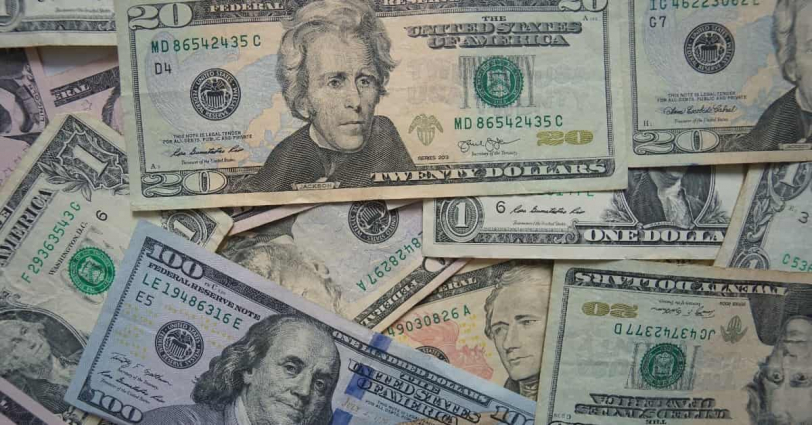
“Riemann hypothesis” is a conjecture about “prime numbers”. Prime numbers are numbers that “can only be divided by 1 and themselves”, and if I write them in order from smallest to largest, it looks like this:
2, 3, 5, 7, 11, 13, 17, 19, 23, …

To those who aren’t interested in math, the sequence of these numbers may not seem interesting, but mathematicians have been fascinated by prime numbers since ancient times. Prime numbers have a well-defined definition and anyone can list them. However, when asked “What rules do prime numbers follow?” no one could answer. So mathematicians began to wonder, “Is there some sort of pattern to prime numbers that doesn’t seem apparent?” and various studies have been conducted on this topic.

This difficult problem bounced the challenges of numerous mathematicians. While most of them failed to find any regularity, only Riemann proposed the idea that “this could be the pattern in prime numbers.” This proposal is known as the “Riemann hypothesis.”
What do mathematicians know about the “Riemann hypothesis”? So far, they know that it holds true for very large prime numbers even when calculated with a computer. However, no matter how many calculations they make using a computer, it is not a mathematical proof. A proper mathematical proof is necessary.

There’s an impressive example of this. A mathematician named Euler once claimed that the following equation had no natural number solutions:
(x to the power of 4) + (y to the power of 4) + (z to the power of 4) = (ω to the power of 4)
Similarly, this hypothesis was thought to be true by everyone because it held up for quite large numbers even when calculated by computers. However, one person showed that the following solution exists:
(2682440 to the power of 4) + (15365639 to the power of 4) + (18796760 to the power of 4) = (20615673 to the power of 4)
This proved that Euler’s hypothesis was incorrect.

As it is impossible to calculate all numbers that exist in infinity, no matter how much computation is done by computers, it is meaningless. What matters is whether it is mathematically proven.
The “Riemann hypothesis” is very important in mathematics and many papers start with “If the Riemann hypothesis is correct…,” despite its correctness not being proven yet. Mathematical research is being conducted on the assumption that the “Riemann hypothesis” is correct, but if it is not proven, the research will be meaningless. This alone shows that proof is eagerly awaited.
“The Music of the Primes” and “The Riemann Hypothesis: The Greatest Unsolved Problem in Mathematics” are works that describe the “Riemann hypothesis” and the struggles of the mathematicians who challenged it. Both are very interesting, but in terms of readability, “The Music of the Primes” is overwhelmingly better, so if you are undecided, I recommend starting with “The Music of the Primes.”

Gauss’s Prime Number Research and Cauchy’s Zeta Function
Before delving into Riemann’s research, let’s first talk about Gauss, who changed the course of prime number research.
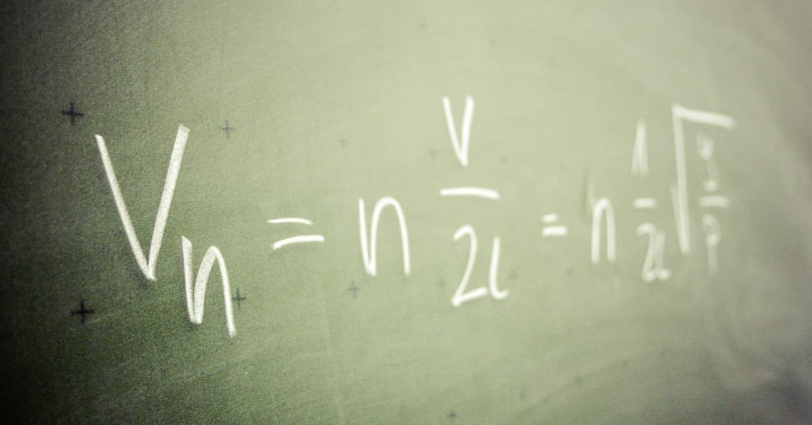
Prior to Gauss, prime number research focused on pursuing “formulas for prime numbers”.

Let’s consider the formula for four prime numbers: “2・3・5・7”. In math, we often use the letter “n” to mean “nth number.” For example, the 1st prime number is 2, the 2nd is 3, the 3rd is 5, and the 4th is 7. Using the following formula, we can derive prime numbers up to the 3th one:
1/2(n^2-2+4)
Unfortunately, this formula cannot derive the 4th prime number, which is 7, so it is incorrect.
In this way, finding a formula to derive the “nth prime number” was the main focus of prime number research.

However, Gauss changed his way of thinking. He approached the problem of prime numbers with a completely different idea, asking “How many prime numbers are there up to a certain number N?” This led to the creation of a theorem called the “Prime Number Theorem,” which opened up a new path in prime number research.
Gauss is a genius mathematician known for numerous anecdotes, and he also appears in the story of prime numbers in this way. Riemann’s research followed Gauss’s foundation in prime number research.
Now, let’s talk about the zeta function. This was created by a mathematician named Cauchy.

When it was first proposed, the zeta function was considered suspicious. And it’s easy to see why. For example, there’s this strange formula known as a consequence of the zeta function:
1+2+3+4+…=-1/12
Do you understand what it means? To explain it in words, it means that if you add up an infinite number of natural numbers starting from 1, the answer will be minus1/12.
Well, it douesn’t make sense. I don’t even understand it myself at all. It’s no wonder that the zeta function, which makes such an incomprehensible claim, was considered “suspicious.”
And the Riemann hypothesis is closely related to this zeta function. That’s why understanding the contents of the hypothesis is very difficult.

“Explanation of the Riemann Hypothesis”
This article will not explain how Riemann arrived at the “Riemann hypothesis” since I do not fully understand it myself. Instead, I will focus only on the conclusion part that is currently known as the “Riemann hypothesis.”


First, let’s consider a “certain zeta function.” A “function” is something like this:
f(x) = 3x + 5
This means that “if you put a number into x (substitute it), you get the answer of f(x).” For example, if you substitute 1 for x, f(x) is 8. This is a “function.”
Riemann’s zeta function, which he considered, is also similar, but what is different is that it deals with “complex numbers.” A complex number is expressed using imaginary number i, like this:
6 + 5i

Complex numbers are often written as “s” and they are generally represented in the following form (a and b are real numbers).
s=a+bi
And although it is only an image, Riemann considered an equation (a zeta function) that looks like this (although in reality it’s described δ(s) and the zeta function he came up with is even more complicated).
f(s)=3s+5

Now, Riemann considered s that makes f(s) =0 (to know why, please read the book introduced in this article). And when examining these s values, a certain property was discovered:
The real part of s (a in s=a+bi) such that f(s) =0 is always 1/2.

This is the heart of the “Riemann hypothesis”. Unfortunately, I do not know anything beyond this.
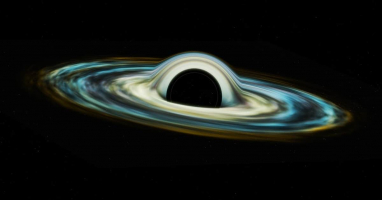
Now, some of you may be wondering why I haven’t talked about “prime numbers” yet. Actually, the “Riemann zeta function” exists to make the “Prime number theorem” more accurate. In other words, it means that the “Riemann hypothesis” extends Gauss’s research.
Now, I know this may be confusing, but to put it in very simple terms, Riemann predicted that “if we combine ‘prime numbers’ and the ‘zeta function,’ there should be a rule that says the real part of a complex number is 1/2.”

In the book “The Riemann Hypothesis: The Greatest Unsolved Problem in Mathematics,” there is a very easy-to-understand explanation that explains this situation, so let me introduce it. It’s too long to extract the whole sentence, so the summary is as follows.
For a certain investigation, X was tasked with checking Y’s bank account. The amount of money in the bank account increased or decreased daily, but it was difficult to find a clear pattern. However, X eventually made a discovery. That discovery was that the balance in the account became 0 yen only on Wednesdays. However, this does not happen every week. There are Wednesdays when the balance is not 0 yen, but the balance only becomes 0 yen on Wednesdays.

If we apply this to the Riemann hypothesis, it goes like this.
Riemann was studying a function called f(s). When various complex numbers are inputted into s, the value of f(s) changes in various ways. However, Riemann discovered a pattern that when the real part of s is 1/2, f(s) becomes 0. However, it is not always the case that f(s) becomes 0 when the real part of s is 1/2. There are cases where f(s) does not become 0 even when the real part of s is 1/2, but f(s) becomes 0 only when the real part of s is 1/2.
And mathematicians are trying to prove this. Mathematicians believe that the “Riemann hypothesis” is correct, but if “complex numbers where f(s) becomes 0 even if the real part of s is not 1/2” were discovered, the “Riemann hypothesis” would be proven wrong. However, such complex numbers have not been discovered so far, even by computer calculations.

Brilliant Mathematicians Involved in the “Riemann Hypothesis”
Difficult problems that have plagued mathematicians for many years, such as “Fermat’s Last Theorem,” have always been tackled by the best mathematicians of their time. The Riemann Hypothesis is no exception, with distinguished names such as Gauss, Mersenne, Euler, Hilbert, Littlewood, Ramanujan, Erdős, and Alain Connes being associated with it. They approached the “prime numbers” in various ways, leading to the creation of the Riemann Hypothesis. The history of how they approached the Riemann Hypothesis is very dramatic.
The books introduced in this article focus on the struggles of these mathematicians. Especially in “The Music of the Primes,” various episodes of each mathematician are depicted. Even if you cannot understand the Riemann Hypothesis itself, you would still enjoy reading the interesting anecdotes of these genius mathematicians. In particular, Gauss and Ramanujan have amazing stories that are “understandable” even for those who are not particularly good at mathematics, so I think you will find them interesting.
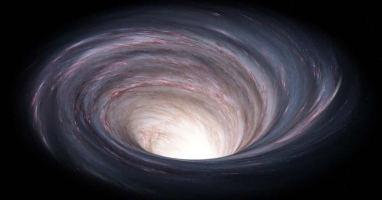
Conclusion
I just hope that someone genius will solve the “Riemann hypothesis” with some incredible theory during my lifetime.
The “abc conjecture,” known as an important conundrum in mathematics, is said to have been proved by Mochizuki Shinichi’s Inter-Universal Teichmüller Theory (IUT) (although the debate seems to be continuing). Because the proof for the “abc conjecture” is extremely difficult and it was said to take a lot of time to solve, the appearance of “Inter-Universal Teichmüller Theory” was treated as a big sensation.

Similarly, I hope that someday a genius will come up with an amazing theory and elegantly solve the “Riemann hypothesis”. I want to experience that kind of intellectual excitement while I’m still alive. That’s what I’m wishing for.

Published Kindle books(Free on Kindle Unlimited)
“The genius Einstein: An easy-to-understand book about interesting science advances that is not too simple based on his life and discoveries: Theory of Relativity, Cosmology and Quantum Theory”
“Why is “lack of imagination” called “communication skills”?: Japanese-specific”negative” communication”

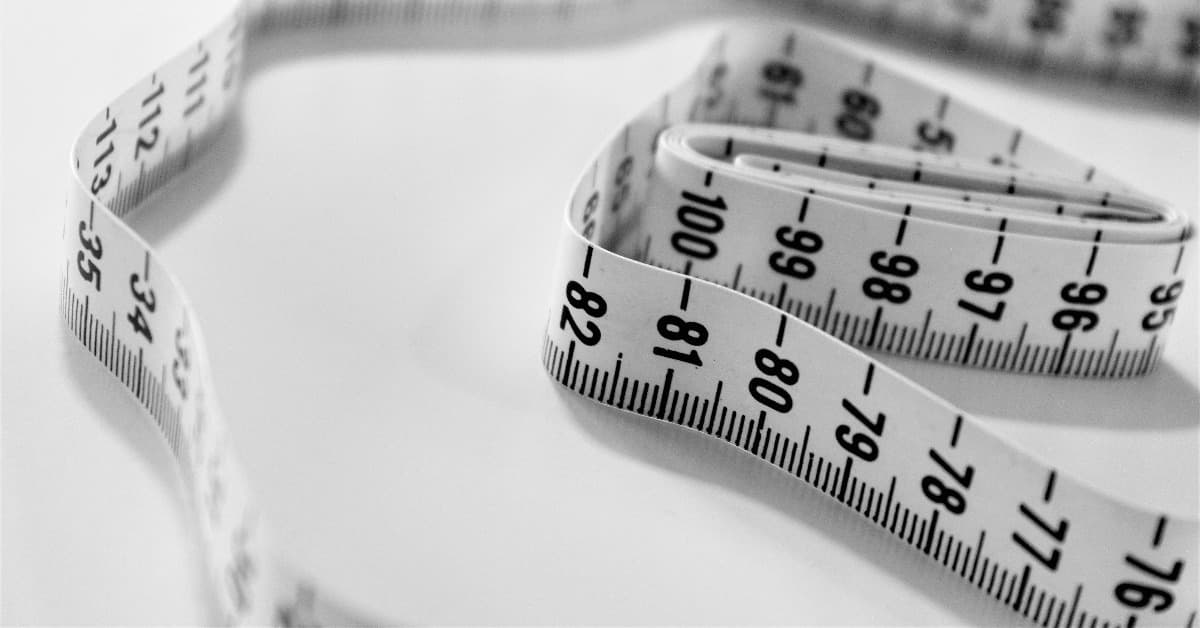





コメント